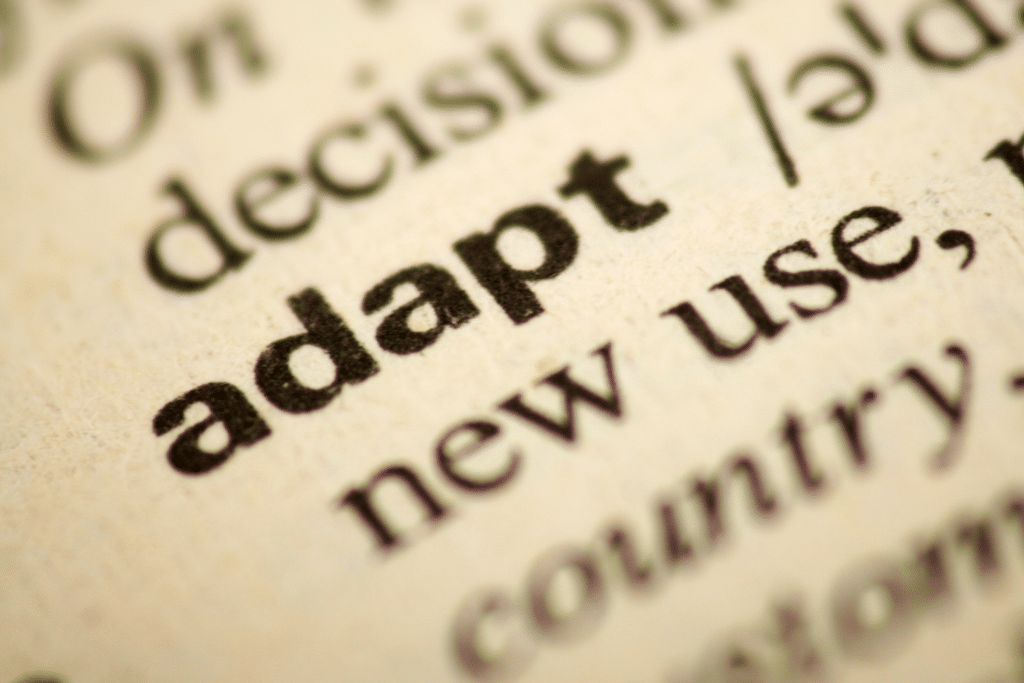Balancing tourism and housing: Innovative approaches in Provincetown, MA; Big Sky, MT; Moab, UT; and Frisco, CO
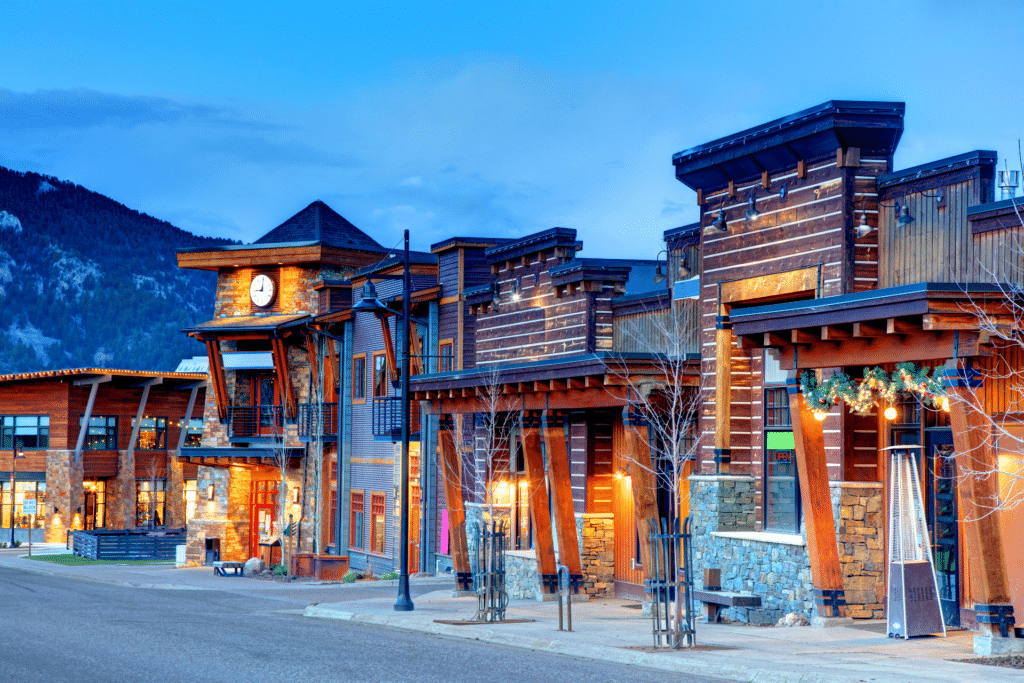
Boulder County Regional Housing Partnership

Charlottesville, VA’s path to equitable zoning reform

Designing a local remediation ordinance: Lesson from Cleveland, OH; Syracuse, NY; and Toledo, OH

Exploring rental registries across U.S. localities
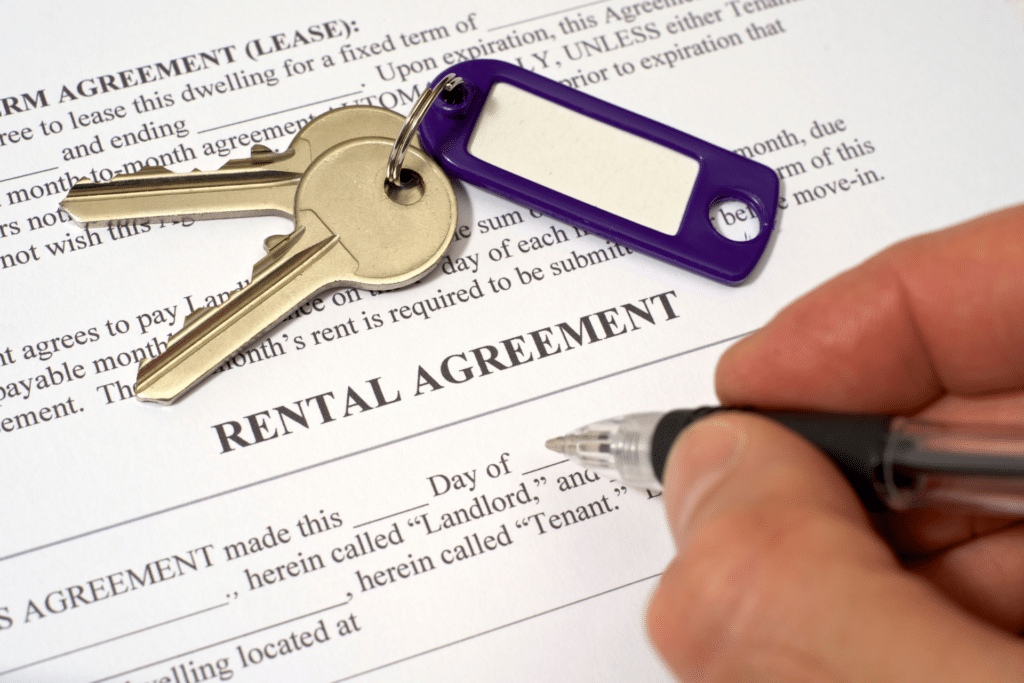
From conflict to collaboration: How Davis, CA, built a partnership with UC Davis University to address housing concerns
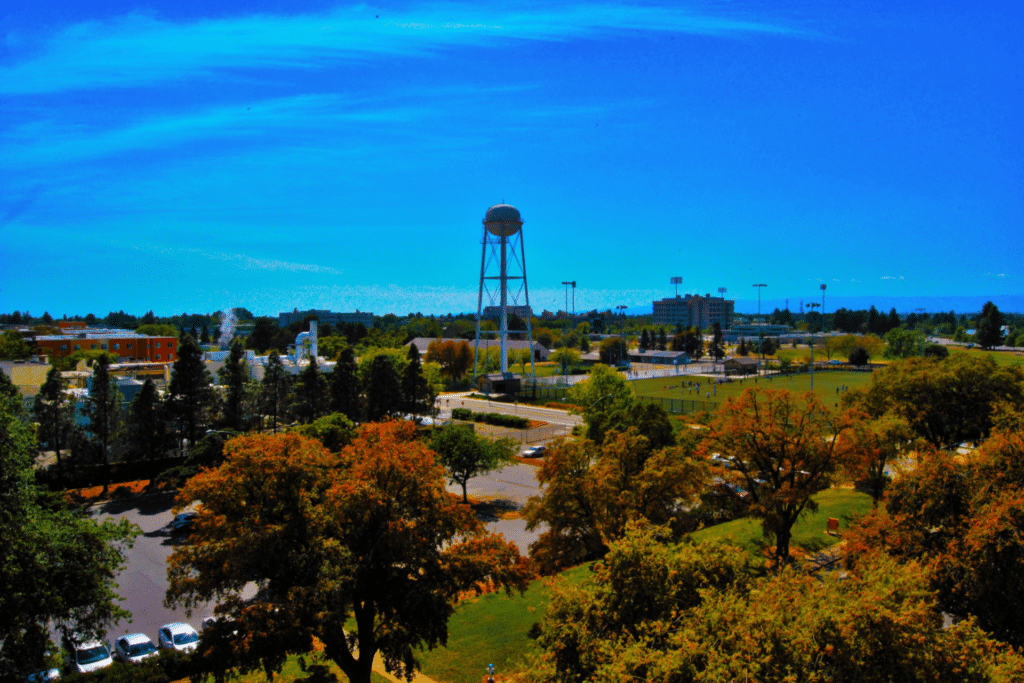
How YIMBY activists helped secure new housing in Charlottesville, VA
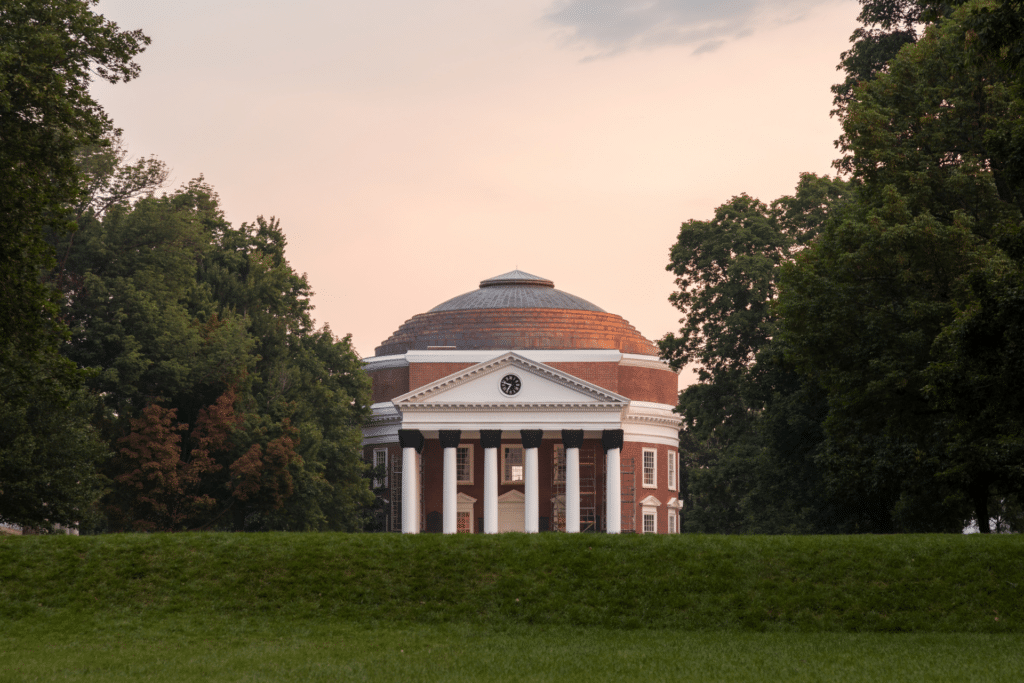
Local policies that support missing middle housing and accessory dwelling units
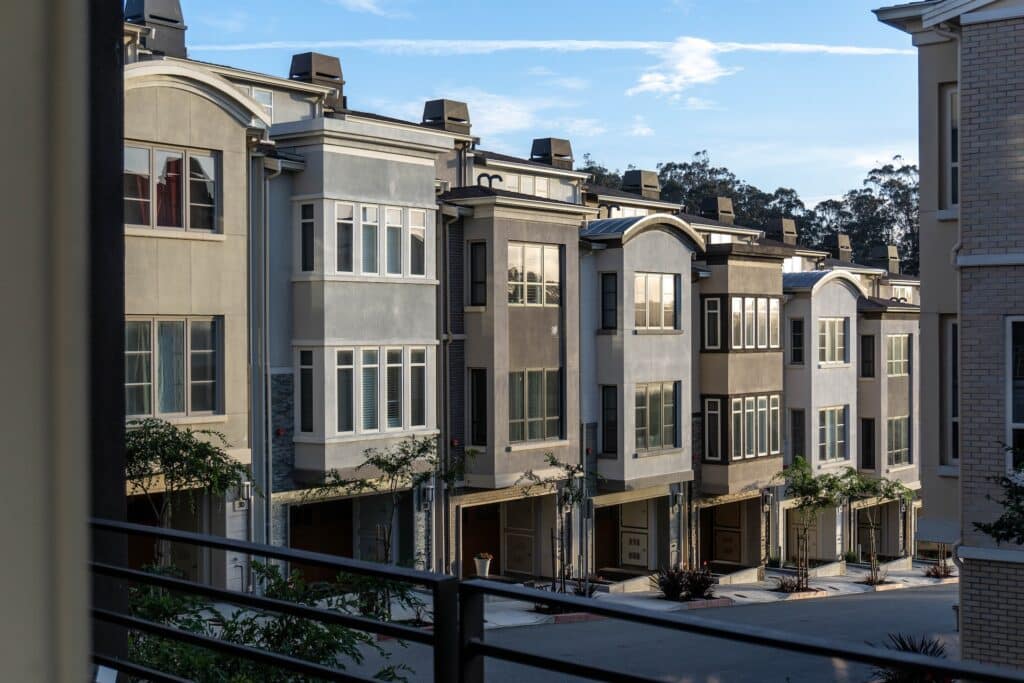
Preserving legacy homeownership for seniors: Lessons from Baltimore’s HUBS Program

Preserving naturally occurring affordable housing (NOAH) in Brooklyn Park, MN
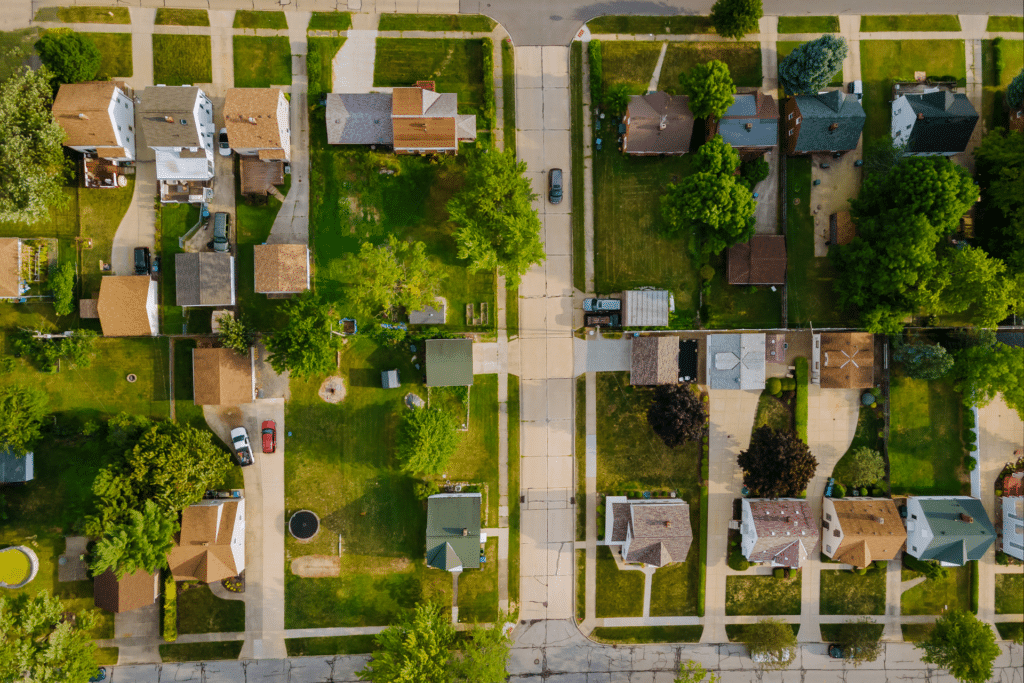
Transforming spaces: Examples of adaptive reuse from Windsor Locks, Connecticut; Buffalo, New York; and Alexandria, Virginia
